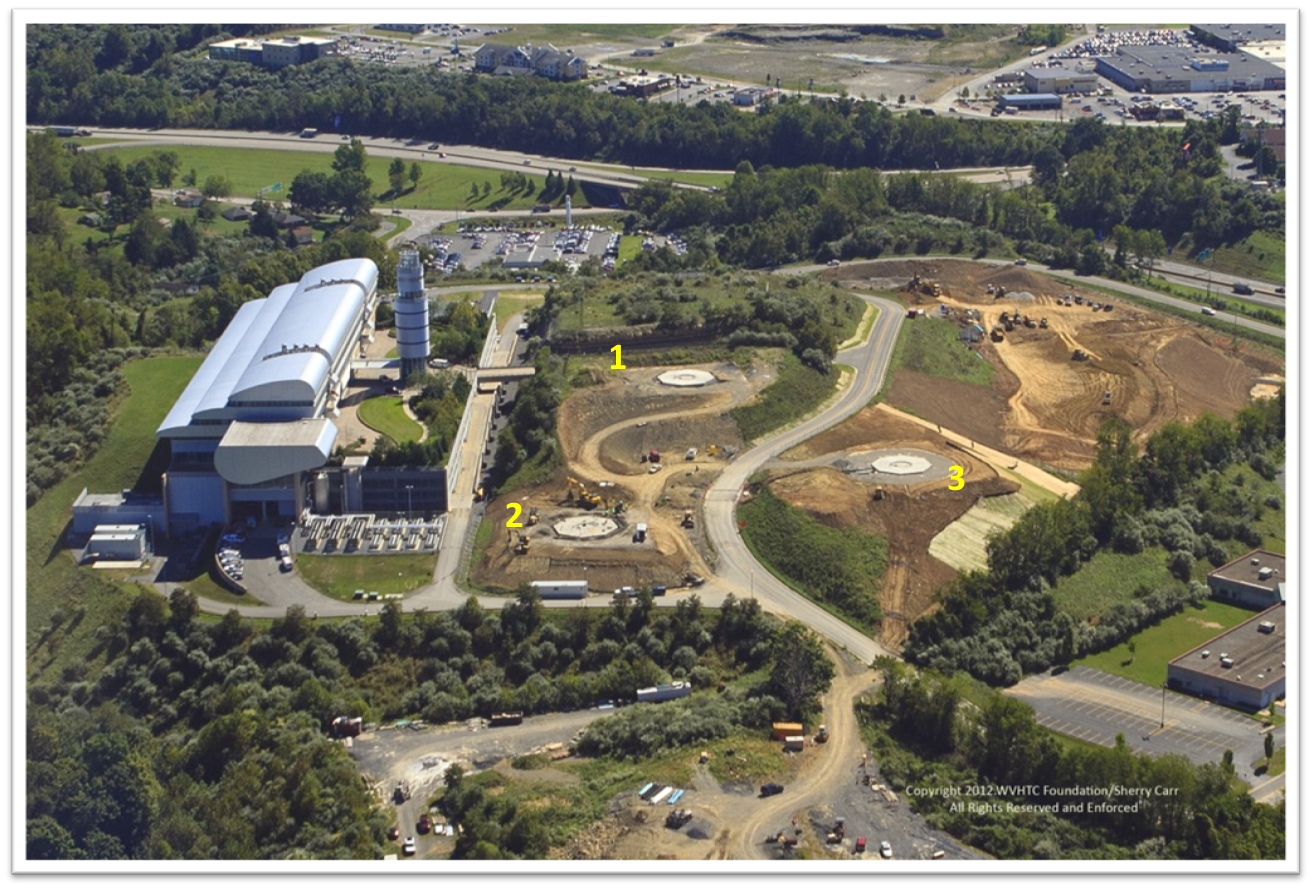Facilities and Antennas
The ground system will operate from the following locations:
NOAA Satellite Operations Facility (NSOF)
Located in Suitland, Maryland, NSOF will house the majority of GOES-R series mission operations. The EM, PG, and PD functions will be performed here. The majority of operations and product staff will also be housed at NSOF. Four existing 9.1-meter antennas were upgraded for compatibility with GOES-R satellites. These antennas will maintain compatibility with existing GOES satellites and will operate continuously for the life of the GOES-R series.
Wallops Command and Data Acquisition Station (WCDAS)
Located in Wallops, Virginia, the WCDAS will be the primary site for space-to-ground radio frequency (RF) communications. Level 1b data will be processed at WCDAS to produce GOES Rebroadcast (GRB) for satellite uplink. WCDAS will also provide uplink to the satellites to support the Unique Payload Services (UPS). Three new 16.4-meter antennas have been constructed at WCDAS. They are designed to withstand sustained winds of 110 mph (Category 2 hurricane) and to survive (in a stowed position) gusts of up to 150 mph (Category 4 hurricane). These antennas will be compatible with existing GOES satellites and will operate continuously for the life of the GOES-R series.
Consolidated Backup (CBU) Facility
Located in Fairmont, West Virginia, the primary function of the CBU will be to support contingency operations and perform all of the critical functions of NSOF and WCDAS through the production and distribution of life and property products. The CBU will provide product generation for all Key Performance Parameters (KPPs). The CBU will also serve as a backup during system/equipment testing or maintenance. Three new 16.4-meter antennas have been constructed at the CBU. They are designed to withstand sustained winds of 110 mph (Category 2 hurricane) and survive (in a stowed position) gusts of up to 150 mph (Category 4 hurricane). These antennas will be compatible with existing GOES satellites and will operate continuously for the life of the GOES-R series.




